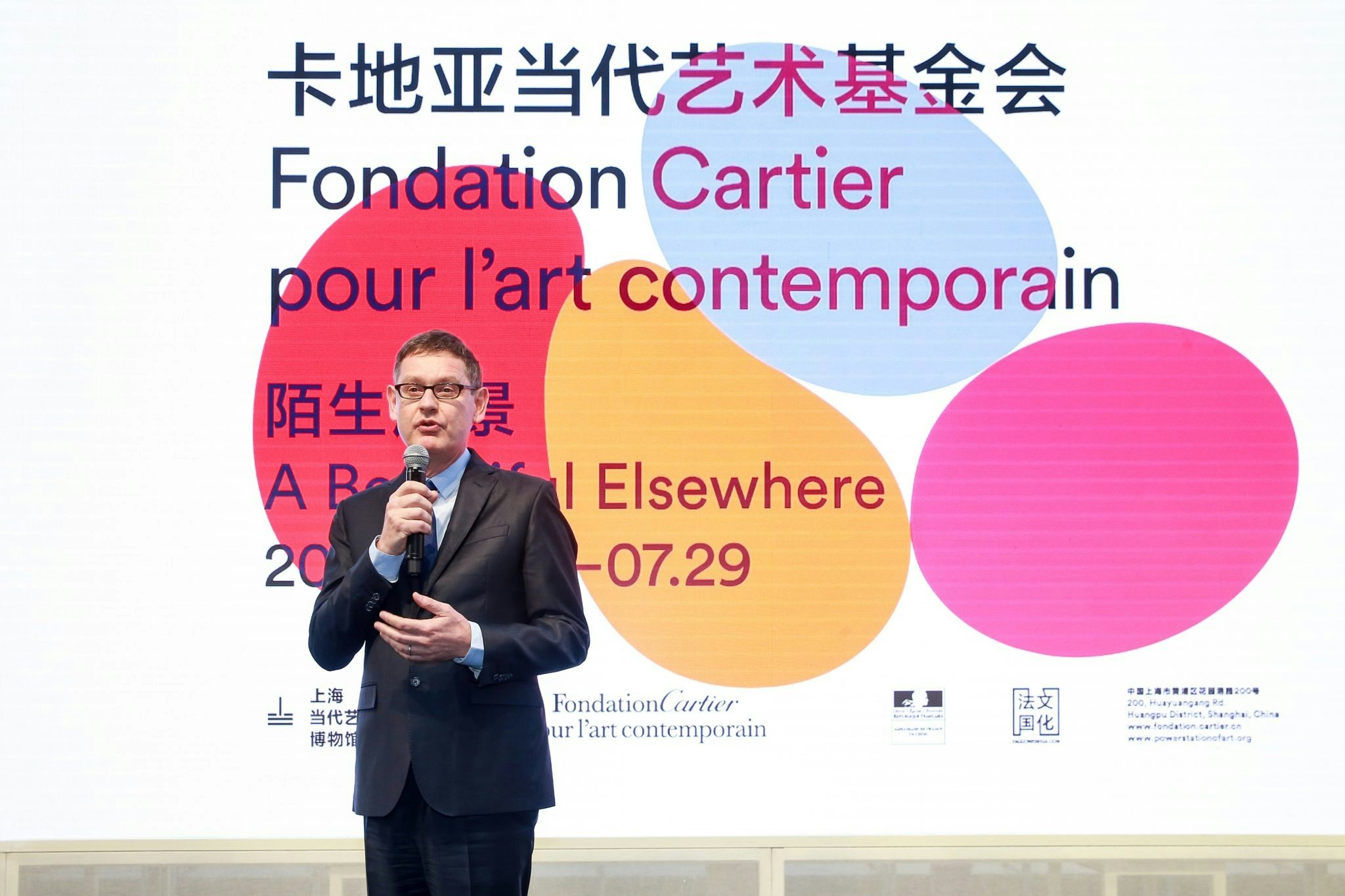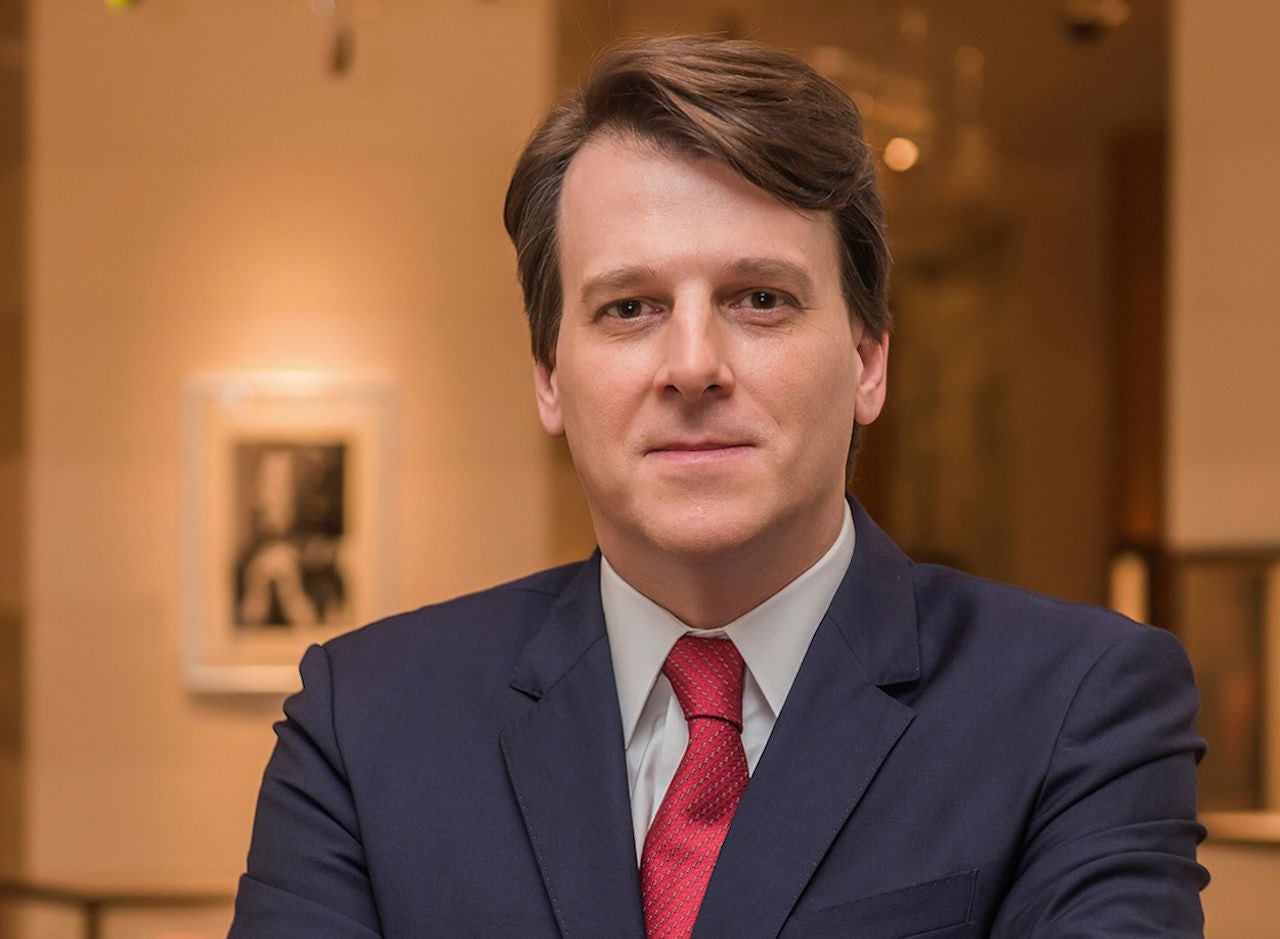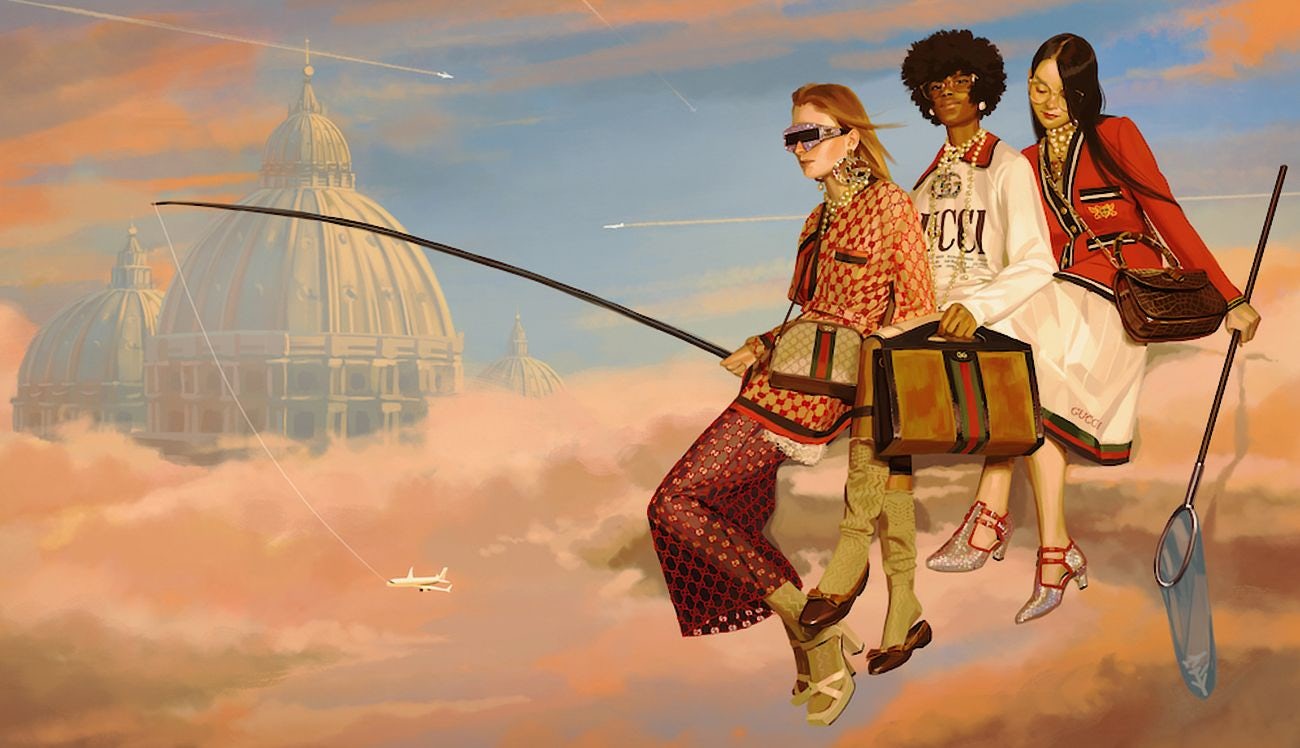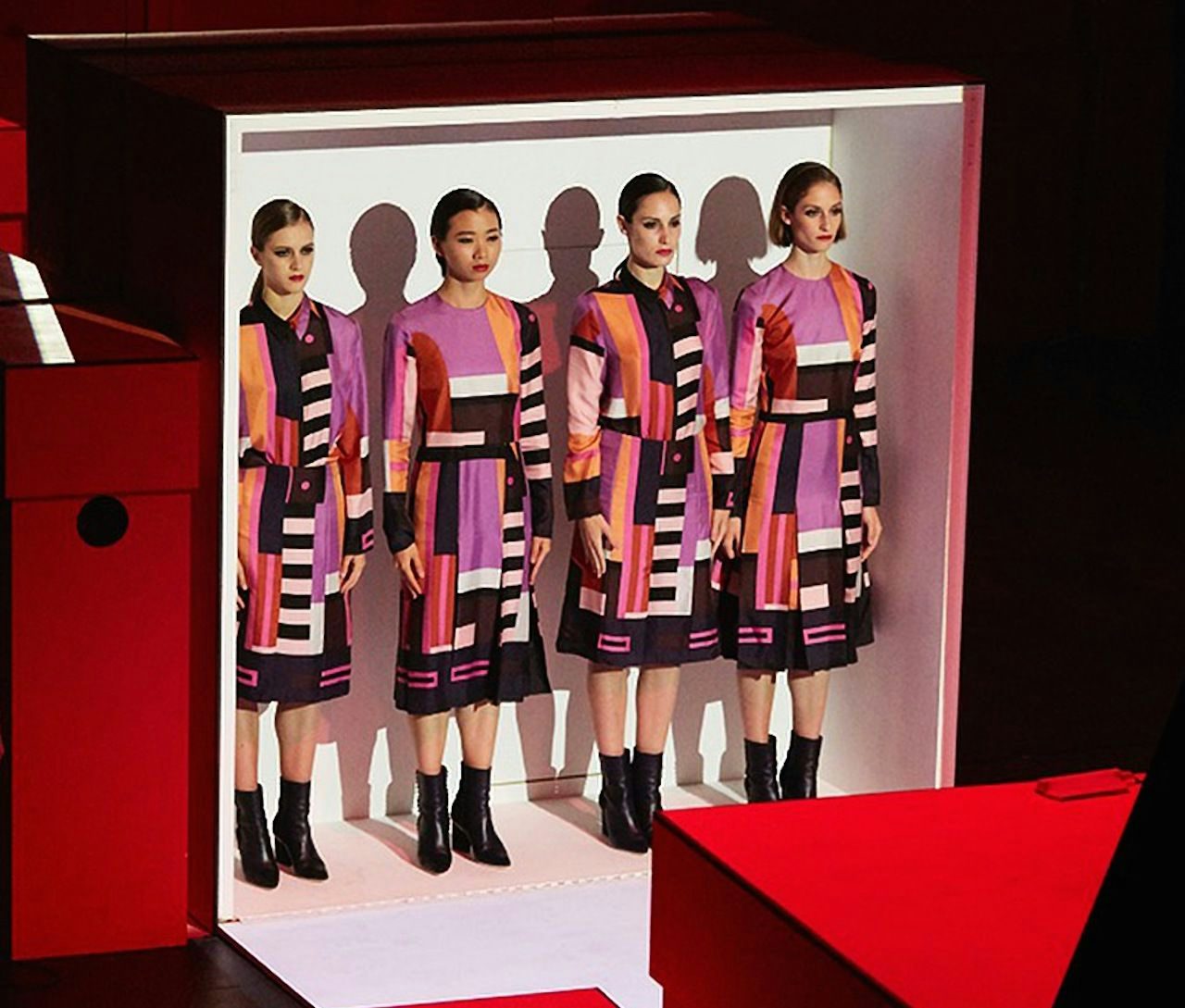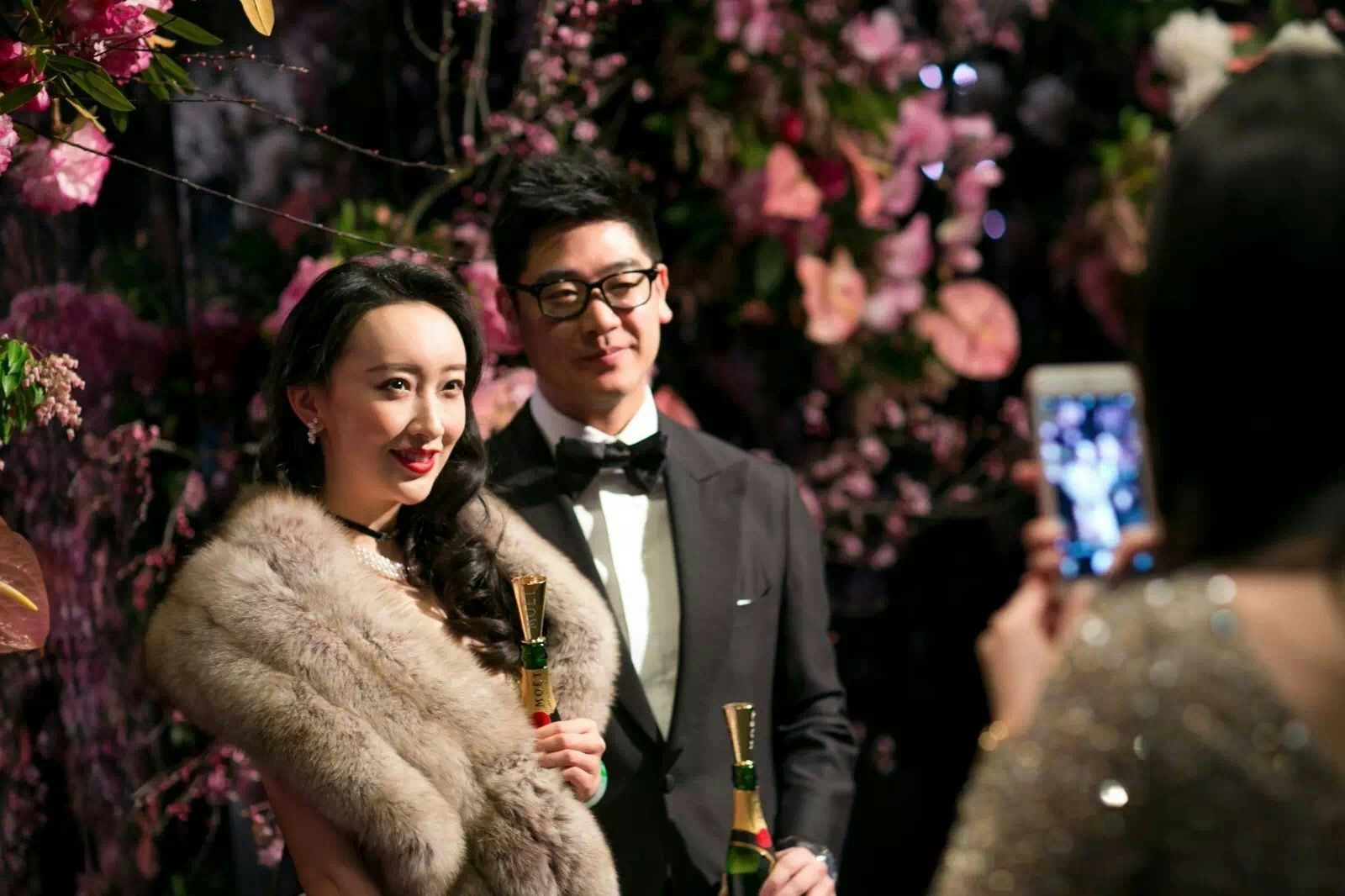Cartier CEO Cyrille Vigneron has a difficult job. With its 278 boutiques and 19 mobile sites, Cartier is the biggest brand under luxury giant Richemont, which employs 28,000 people worldwide. In addition to all the different cultural contexts the brand operates in, Vigneron said he has also had to adapt to each distinct corporate culture he works in.
In China for the launch of “Fondation Cartier pour l’art contemporain, A Beautiful Elsewhere”, an exhibition at state-run contemporary art museum the Power Station of Art (PSA), Vigneron said, “The first thing about management is that your need to adjust your management style to your position and where you are working. There is no one-size-fits-all style. Different cultures expect different things in different contexts. Sometimes, you have to be a bit directive when you need to bring a change and drive people there. In some other cases, it is more of a consensus-based management style where you pull people and energy together. The first thing as a manager that you should learn is that you have to adjust your style to the role at that time. So contextual management is the key.”
Hitting out against what he sees as the prevailing management style globally, he quoted Chinese military strategist Sun Tzu.
“My general conviction about management is that there are currently two different streams of thinking worldwide, he said. “The one mostly published in books and reviews is that ‘only the paranoid survive’. I entirely disagree with this idea. The other one is on the opposite, which is ‘to be inclusive, to work on the energy, inspiration and motivation’. It can refer to European thinkers of the Renaissance, and Sun Tzu, the author of his Art of War. The representative thinker from the Renaissance is Machiavelli who was a pessimist who believed that only the paranoid survived. But Erasmus was more of a believer in knowledge, in education, and said that wise people will make wise things. In the Art of War, Sun Tzu said, ‘any war reduces the energy of the world’, so the best is not to go to war, but rather to turn your enemies into your allies, which I think is really true. Do not waste your energy on useless fights. That’s my management philosophy.”
Art and Luxury#
With regards to China, he said its aesthetic traditions and contemporary art practice inform Cartier in different ways. Particular artifacts and traditions can be used as inspiration to design products.
“To get inspired directly by a country’s culture is key, as long as it is genuine,” Vigneron said.
This kind of design inspiration is common across price points and categories, from furniture to video game design. But luxury brands in China have often used art in another way — as emblematic of their own ambition to push the boundaries (as long as it doesn’t risk losing the support of the board of directors). Hugo Boss, for instance, sponsors the Asia Art Prize at the Rockbund Art Museum without making any explicit connections to its products. The Power Station of Art, which has a limited budget and no permanent collection of its own, is much in need of support from partners like Fondation Cartier, who have the art and the means needed to put on exhibitions.
Fondation Cartier pour l’art contemporain collects art and presents it around the world. This is the first time it has exhibited works from its collection in China, including pieces commissioned especially for the exhibition. In this context, Vigneron said it would be “banal” to use the brand to inform the art or for the art to inform the products.
“We are not asking artists to interpret logos as is done by some Maisons,” he said. “We see art as a source of openness for the world. Art is a dialogue that can take you out of your comfort zone to understand how the artists see the world evolving.” Art, he said, “helps us ask ourselves ‘can we push our own boundaries in similar ways?’”
Exhibitions as Brand Education#
Another approach common among luxury brands in China is using exhibitions to educate consumers about their histories. Dior and Chanel, for instance, have held museum-style exhibitions exhibiting their designs and telling the stories of their founders. Cartier did something similar earlier this year.
“In January, we had a high jewelry exhibition in Shanghai, said Vigneron. The last day, it was open to the public. High jewelry was perceived to be something exclusive, but 2,000 people lined up in the snow to see the beauty. It was an opportunity to share a real sense of beauty. That was culture too and the setting was beautiful.”
Exhibitions are also a powerful communication tool
for the younger generation, said Vigneron.
“One of the differences between the generation of today and the past is that, the generation in the past learned things by reading books and magazines, but the current generation wants to learn things right away. An exhibition is good way because they come to experience it right away, to look and feel.”
Summing up his thoughts on the intersection between art and luxury, Vigneron said, “Many brands are trying to link themselves with culture in various ways, which are good. The right way is first to know who you are, to be curious about the real world and how this can be a source of inspiration and invite different people to share this.”
True to form, Cartier will hold a Cartier Collection exhibition in Beijing in 2019, introducing Cartier’s history and style.
